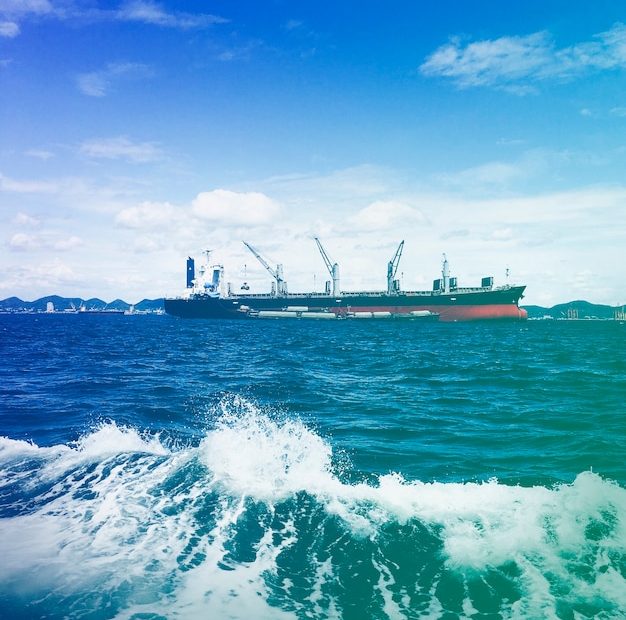How often are nautical charts updated?
Nautical charts play a crucial role in ensuring the safety and efficiency of maritime navigation. These charts provide mariners with vital information about water depths, coastline features, navigational aids, hazards, and other important details essential for safe passage at sea. With the constantly changing dynamics of the oceans and seas, it is imperative that nautical charts are kept up-to-date. The frequency of updates varies depending on various factors, including the region, the importance of the waterway, technological advancements, and the availability of resources.
The Importance of Up-to-Date Nautical Charts
Accurate and reliable nautical charts are essential for all vessels operating at sea, from large commercial ships to recreational boats. The consequences of using outdated charts can be severe, leading to groundings, collisions, and other accidents. Furthermore, maritime traffic has significantly increased over the years, with larger ships and deeper drafts navigating through channels and harbors. This necessitates frequent updates to nautical charts to accommodate changes in water depths resulting from natural processes, such as sedimentation and erosion.
“Using outdated charts is like navigating with incomplete information, which can have disastrous consequences.”
Determining the Frequency of Updates
The International Hydrographic Organization (IHO) sets standards and guidelines for the production and maintenance of nautical charts. According to the IHO, nautical charts should be updated frequently enough to ensure accuracy and reliability. However, the specific update schedules may vary depending on several factors.
The primary factor influencing the update frequency is the navigational significance of a particular waterway. Highly trafficked areas, major shipping lanes, and busy ports generally have more frequent chart updates. On the other hand, less frequented regions or areas with minimal navigational importance may have longer intervals between updates.
Technological advancements in surveying and charting methods have greatly influenced the update frequency of nautical charts. Modern surveying techniques, such as multibeam sonar systems, allow for faster and more accurate data collection. This has led to improved efficiency in updating charts, resulting in more up-to-date information available to mariners.
Coastal and Inland Nautical Charts
Nautical charts can be broadly categorized into coastal and inland charts, each with varying update frequencies.
Coastal charts cover areas along the coastlines, including harbors, approaches, and adjacent offshore waters. These charts are typically updated more frequently due to the ever-changing nature of coastlines. Factors such as erosion, sedimentation, shifting shoals, and the construction of new structures necessitate regular updates.
Inland charts are used in navigable rivers, lakes, and other inland waterways. While these charts also require updates, the frequency usually depends on the level of commercial traffic and changes in the water body. Major rivers serving as transportation routes may have more frequent updates compared to smaller lakes or less trafficked waterways.
Challenges in Updating Nautical Charts
Despite efforts to maintain up-to-date nautical charts, several challenges exist that affect the update process.
Resource constraints play a significant role in determining the update frequency of nautical charts. The production and maintenance of charts require substantial financial and human resources. Limited budgets and manpower may impact the ability to update charts as frequently as desired.
Data acquisition is another challenge in updating nautical charts. Collecting accurate and reliable data on changes in water depths, positions of navigational aids, and other features can be time-consuming and logistically complex. Survey vessels equipped with the latest technology are often deployed to obtain the necessary data for updating charts.
Conclusion
In conclusion, the frequency of nautical chart updates varies depending on several factors. The importance of the waterway, technological advancements in surveying methods, and available resources all impact the update schedules. Highly trafficked areas and major shipping lanes tend to have more frequent updates, while less frequented regions may experience longer intervals between updates. Regardless of the specific update frequency, it is crucial for mariners to stay informed and use the most up-to-date nautical charts to ensure safe and efficient navigation at sea.



